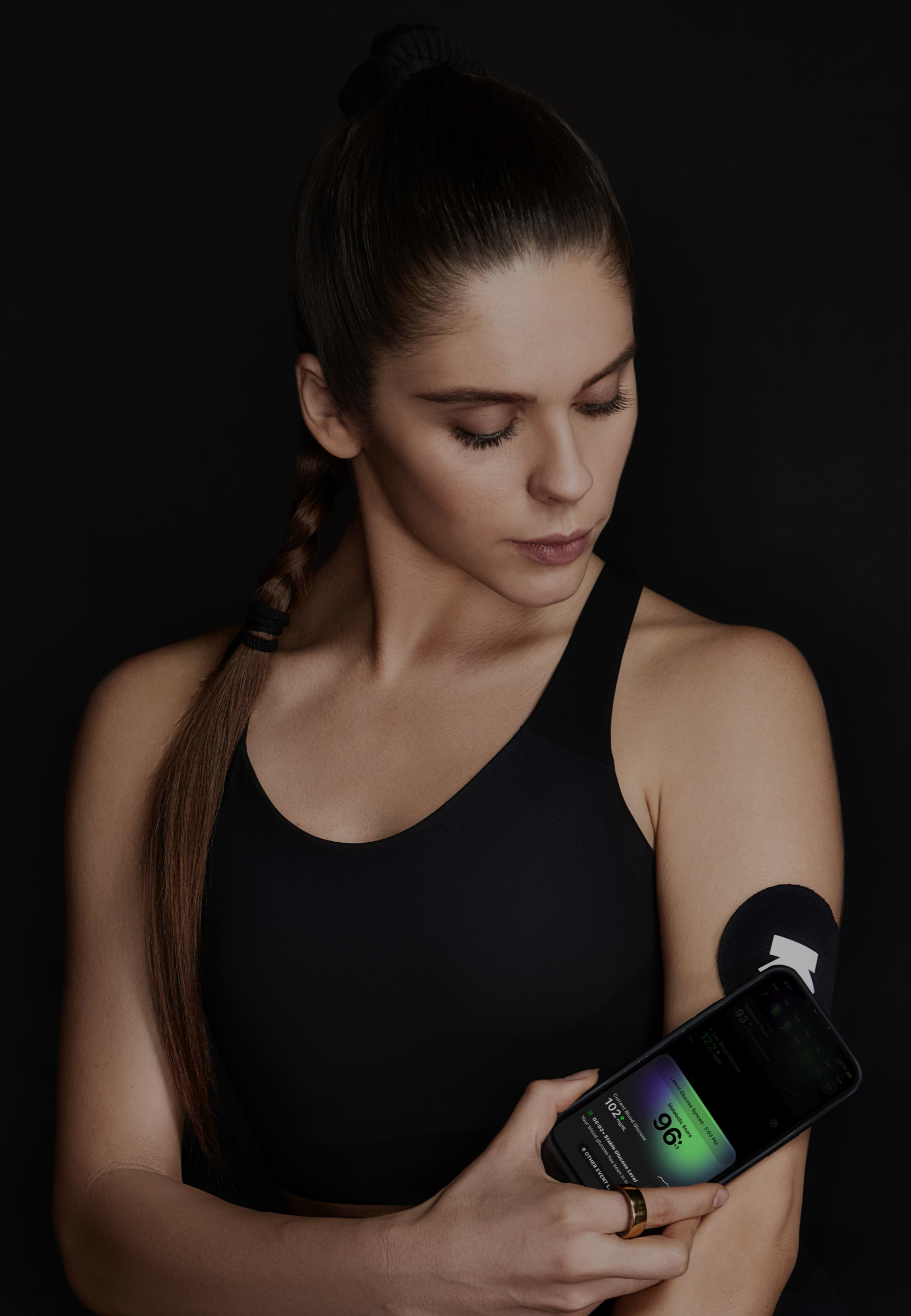
Ghiya (Hommade) (1 Serving) and Chapati (1 Piece)
Dinner
170 mg/dL
avg. peak value
Usually causes a medium spike
Avg. Food Score on Ultrahuman App
Ultrahuman Users got an UNSTABLE response
How to consume Chapati, Ghiya without glucose spikes
Portion Control
Limit the portion size of chapati and ghiya to prevent excessive carbohydrate intake, which can lead to a spike in glucose levels.
Incorporate Fiber
Add fiber-rich foods to your meal, such as vegetables like spinach or broccoli, to slow down the digestion and absorption of carbohydrates.
Add Protein
Include a good source of protein such as lentils, chickpeas, or tofu in your meal to help stabilize blood sugar levels.
Healthy Fats
Include a small amount of healthy fats, like avocado slices or a handful of nuts, which can help slow down the absorption of carbohydrates.
Stay Hydrated
Drink plenty of water before and during your meal to aid in proper digestion and help regulate blood sugar levels.
Meal Timing
Space out your meals and avoid eating large quantities of carbohydrates in one sitting. This can help maintain steadier blood sugar levels.
Physical Activity
Engage in light physical activity, such as a short walk, after meals to help your muscles use up some of the glucose in your bloodstream.
Whole Grains
Opt for whole grain or multigrain chapati instead of refined flour varieties, as they have a slower impact on blood sugar.
Mindful Eating
Eat slowly and chew your food thoroughly to give your body time to signal when it is full, preventing overeating.
Monitor Blood Sugar
Keep track of your blood sugar levels to better understand how different foods and practices affect your glucose levels, and adjust your habits accordingly.

Discover
metabolic
health with M1
Ultrahuman M1 helps you measure the impact of food and activity on your body in real time through glucose as a biomarker.
Explore Ultrahuman M1Find Glucose response for your favourite foods
Explore OGDbYour cart is empty
Browse through our products and find something for you.
